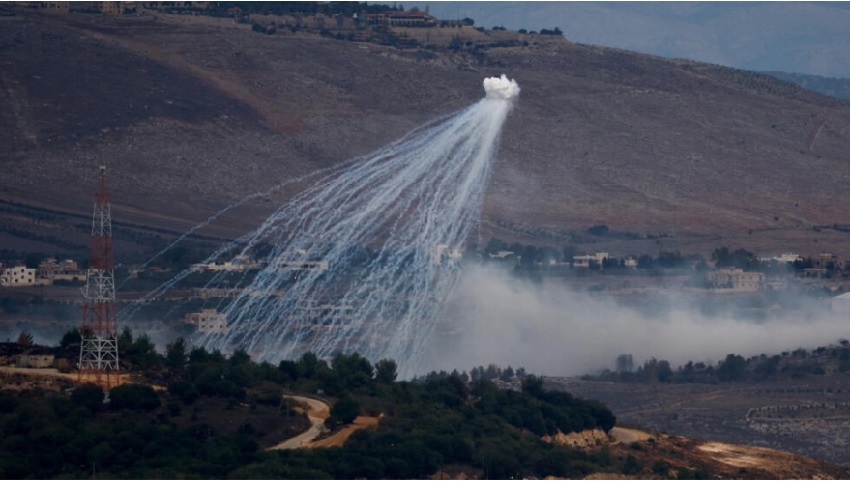Escalating Tensions in the Middle East: Recent Clashes Between Israel and Hezbollah
Recent reports highlight a sharp escalation in hostilities between Israel and Hezbollah, signaling increasingly tense times for the volatile Middle Eastern region.
On July 27th, the Israeli army reported a significant shelling incident originating from Lebanon, which tragically resulted in the deaths of 12 children and injuries to approximately 40 others. The deadly rocket attack targeted a soccer field in Majdal Shams, a town located in the Golan Heights region. The Israeli authorities swiftly pointed fingers at Lebanon and Hezbollah, alleging their responsibility. However, Hezbollah denied any involvement in this devastating assault, deepening the quagmire of accusations and counter-accusations.
This tragic event compounds the sorrow inflicted just days earlier when at least two Hezbollah fighters were killed by an Israeli drone strike in southern Lebanon. The attack specifically targeted a pickup truck traveling between the settlements of Meiss Ej Jabal and Chaqra in the Lebanese border district of Bint Jbeil. The fatalities added fuel to the already inflamed tensions between the two adversaries.
Further complicating the situation are reports of the use of phosphorus munitions in recent shelling. While details of the consequences of this attack remain undisclosed, the usage of such munitions is particularly alarming due to their controversial standing under international law.
Background and Context
The recent violence is part of a broader, long-standing conflict between Israel and Hezbollah, a Shia Islamist political party and militant group based in Lebanon. Hezbollah was founded in the 1980s with the original goal of resisting Israeli occupation in Southern Lebanon. Since then, the group has significantly expanded its influence and military capabilities, often receiving backing from Iran.
The region saw a major conflict in 2006 known as the Lebanon War, which resulted in widespread destruction in Lebanon and heavy casualties on both sides. Despite various ceasefires and intermittent periods of relative calm, skirmishes and military engagements have persisted over the years, often flaring up into more severe confrontations.
Implications on Regional Stability
The recent deaths of children in Majdal Shams and the killing of Hezbollah fighters have only heightened the sense of urgency and volatility in the region. As both sides engage in a dangerous tit-for-tat escalation, concerns are mounting over the potential for a full-blown conflict that could engulf surrounding areas and involve other regional powers like Iran and Syria.
Efforts from international bodies to mediate the situation and enforce ceasefires have met with limited success. The complex web of alliances, historical grievances, and geopolitical interests makes finding a lasting resolution extremely challenging.
Conclusion
The recent flaring of violence serves as a grim reminder of the fragile state of peace in the Middle East. While both Israel and Hezbollah continue to trade blame and accusations, the human cost of this enduring conflict remains tragically high. International attention and intervention may be crucial in preventing further loss of life and in steering the parties involved toward meaningful dialogue and, ultimately, peace.
For more information about Hezbollah, visit Hezbollah’s Official Website.
